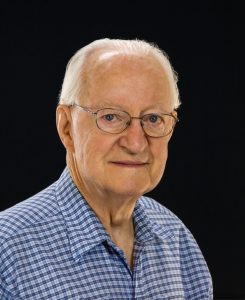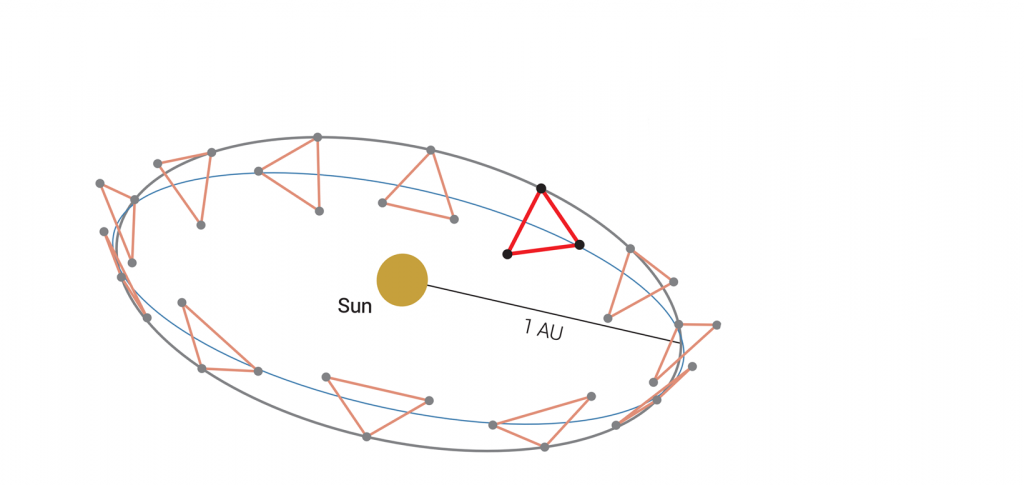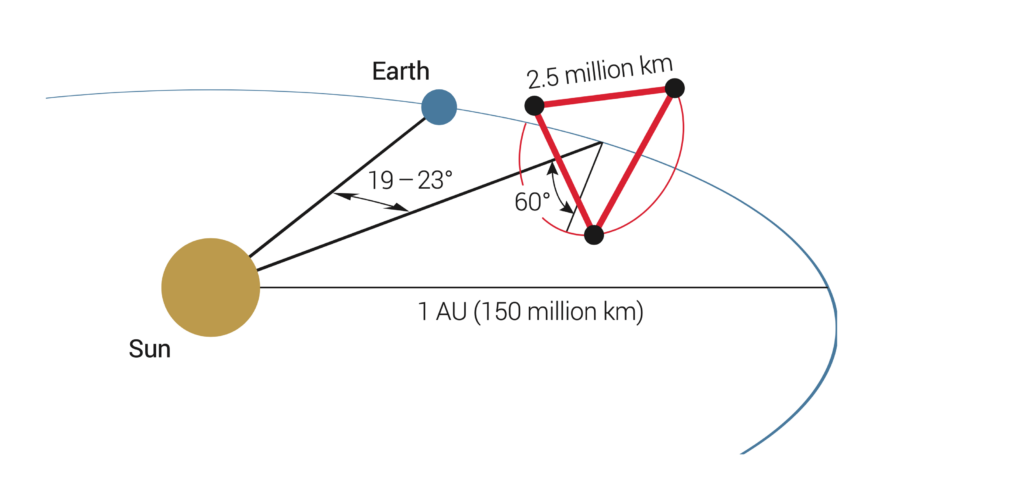The Laser Interferometer Space Antenna (LISA) will be a transformative experiment for gravitational wave astronomy, and, as such, it will offer unique opportunities to address many key astrophysical questions in a completely novel way. The synergy with ground-based and space-born instruments in the electromagnetic domain, by enabling multi-messenger observations, will add further to the discovery potential of LISA. The next decade is crucial to prepare the astrophysical community for LISA’s first observations. This review outlines the extensive landscape of astrophysical theory, numerical simulations, and astronomical observations that are instrumental for modeling and interpreting the upcoming LISA datastream. To this aim, the current knowledge in three main source classes for LISA is reviewed; ultra-compact stellar-mass binaries, massive black hole binaries, and extreme or interme-diate mass ratio inspirals. The relevant astrophysical processes and the established modeling techniques are summarized. Likewise, open issues and gaps in our understanding of these sources are highlighted, along with an indication of how LISA could help making progress in the different areas. New research avenues that LISA itself, or its joint exploitation with upcoming studies in the electromagnetic domain, will enable, are also illustrated. Improvements in modeling and analysis approaches, such as the combination of numerical simulations and modern data science techniques, are discussed. This review is intended to be a starting point for using LISA as a new discovery tool for understanding our Universe.
Link to the Astrophysics White Paper on Springer.com


